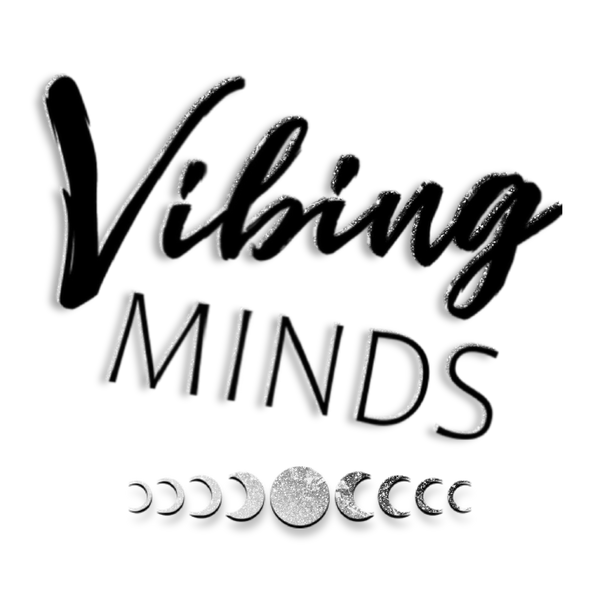Contrary to popular belief, moods are not emotions or feelings. The three sensations have varying characteristics and are quite different. Emotions manifest fast - they occur in the subconscious and sometimes conscious mind. Feelings breed from emotions and sensory information and develop from the conscious mind. Moods are a by-product of emotions and feelings. Additionally, moods last longer than emotions and feelings.
What are Moods?
Moods are an affective state. However, unlike emotions and feelings, which require stimulation, moods do not require instantiation or a trigger. They are also less intense or specific. You are either in a good mood or a bad mood.
On the other hand, the emotional state is distinct. You can be angry, annoyed, disgusted, happy, or content. Your mood describes a general affective state.
How do Moods Develop?
Moods develop in the brain. Three major aspects govern their development.
Neurotransmitters and Hormones
Neurotransmitters are chemical messengers in the brain that transmit information between nerve cells. Neurotransmitters can also be hormones whose action is on the brain. Serotonin and dopamine mediate mood pathways. When your brain receives signals from these two neurotransmitters, they cause you to recognize situations and objects.
Aside from awareness, the part of the brain in charge of emotional responses assigns emotional value and attaches an accompanying behavior to the new findings. The process occurs within a split second.
Internal and external cues stimulate the release of neurotransmitters. Nerves all over the body collect information and transmit them to the brain for interpretation with the help of neurotransmitters. They get information from sensory organs - eyes, ears, nose, mouth, and touch. Nerves also accrue data from physiological functions - hormone signaling, metabolic distress, satisfaction, and so forth.
Anxiety and depression are negative mood states. The biomolecules behind these moods are adrenaline and cortisol. The two are hormones that have their action site on the brain.
Adrenaline signals the activation and sustenance of the stress response. The stress response or the fight or flight response is commonly called anxiety. Adrenaline stimulates the release of cortisol to maintain the stress response long-term. Prolonged exposure to these hormones induces depression and anxiety which a lot of us are experiencing lately due to the pandemic. Long-term fight or flight.
mode can wreak havoc on the body and mind, more reason to be mindful of situations and find ways to distract and self-soothe.
On the other hand, dopamine's action on the brain inhibits adrenaline and stimulates the release of endorphins. Together, the brain chemicals initiate a positive mood state manifesting as relaxation, happiness, and satisfaction.
Gender and Personality
Your gender also influences your mood state. Some studies show women are more prone to negative mood states than men. Mood disorders like major depression and anxiety are higher in women because of their traits.
For instance, women get internalized symptoms predominantly. Conditions that trigger depression in women are majorly interrelational. On the other hand, men get external signs. They are likely to be anxious about their career, possessions, or goals.
Additionally, experiences relating to gender make increase susceptibility in women. For instance, menstruation can disorient hormonal balance, leading to depressive moods that may persist for certain periods.
Personality influences mood as well. Extroverted personalities tend to have a positive outlook, while introverts lean toward negativity. For instance, it informs your subjective assessment of everyday happenings. It also impacts your perspective and cognitive state. Thus, how you recall, judge, and think affects your mood.
Your Environment
You are a product of nature and nurture. Thus, your surroundings, relationships, and society influence your mood. Your environment informs your perspective, mindset, beliefs, and values. It impacts your decision-making - ability to take risks or seek rewards.
You pick up the mood of your environment - both consciously and subconsciously. It is the reason stereotypes exist. Ultimately, your body picks these cues and normalizes their occurrence. You may not even be aware that you have a predominantly negative or positive mood. Usually, your awareness increases when you move to a different environment.
Why Does Understanding Your Moods Matter?
Moods, like emotions and feelings, are critical signals. They show your deep-seated sensations. They also indicate your biases, inform behavior, and influence your perspective. Comprehending the conscious and sub-conscious helps you to understand
-
Your behavior - your brain attaches accompanying behavior to your affective state. The best way to unlearn behavior is by understanding its root causes.
-
Your outlook - the affective state influences your thought patterns, attitudes, and responses to internal and external
-
Your ability to improve your psychological health - you can only cultivate mental resilience by understating your affective state. Mental fortitude comes from creating positive neural pathways to replace negative nerve tracts.
-
Cognition - negative moods interfere with your cognitive You can learn adaptive techniques to help you improve your mood and improve your cognitive health.
Now we know that moods last longer than emotions and feelings. When we are mindful of emotions, thought patterns, and the way we react to things--- a good mood isn’t so hard to find. : )

